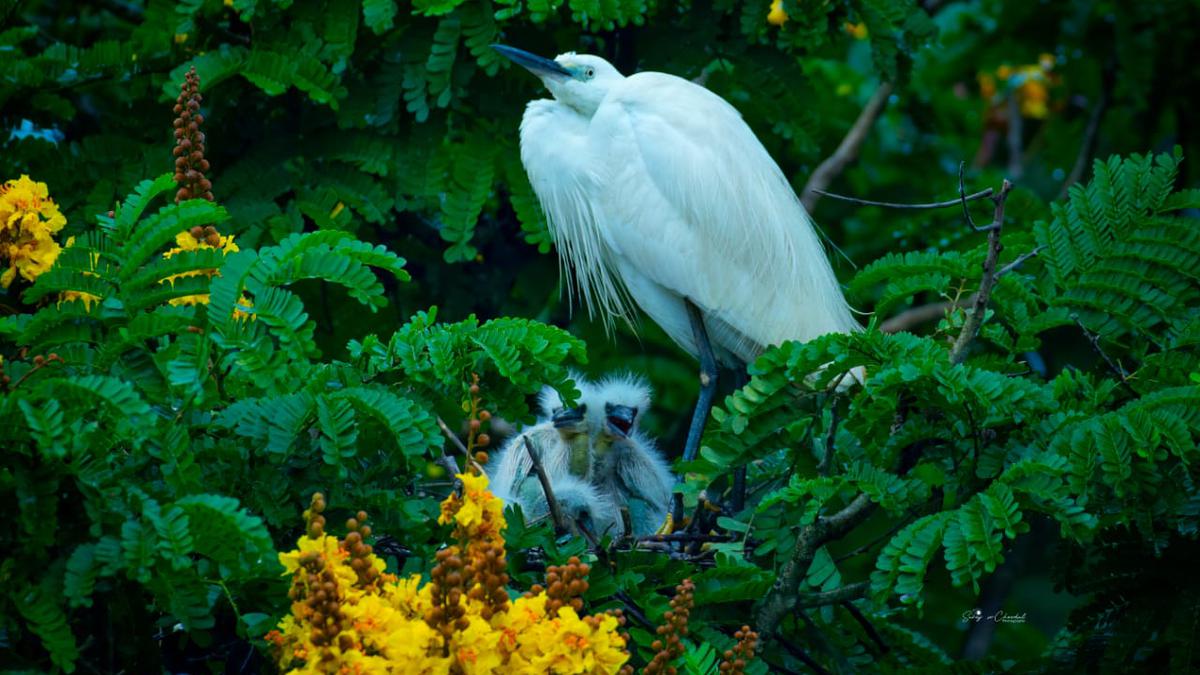What are Herons?
17-08-2023
1 min read

Overview:
The annual heronry count jointly organised by WWF-India in association with the Forest department in Thiruvananthapuram district has recorded more heronries than in the past.
About Heron:
- These are any of about 60 species of long-legged wading birds.
- These are classified in the family Ardeidae (order Ciconiiformes) and generally including several species usually called egrets.
- The Ardeidae also include the bitterns (subfamily Botaurinae).
- These are widely distributed over the world but are most common in the tropics.
- They usually feed while wading quietly in the shallow waters of pools, marshes, and swamps, catching frogs, fishes, and other aquatic animals.
- They nest in rough platforms of sticks constructed in bushes or trees near water; the nests usually are grouped in colonies called heronries.

Significance of the Heronry count
- Heronry counts aims at counting ‘apparently occupied nests’ of herons, egrets, and other colonial waterbirds.
- This is regarded as an effective and accurate way to determine the breeding population of waterbirds in an area.
- Being one of the top predators in the aquatic food chain, monitoring their population can indicate the health of the aquatic ecosystem, freshwater as well as brackish water.
Q1) What are marshes?
Marshes are wetlands characterized by shallow, often stagnant water and an abundance of grasses, reeds, and other water-loving vegetation. They can be found in various locations around the world, including along coastlines, in river valleys, and even in inland areas.
Source: Heronries are thriving in Thiruvananthapuram district, says a WWF survey
